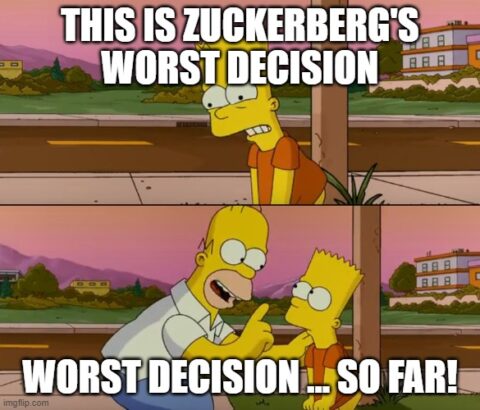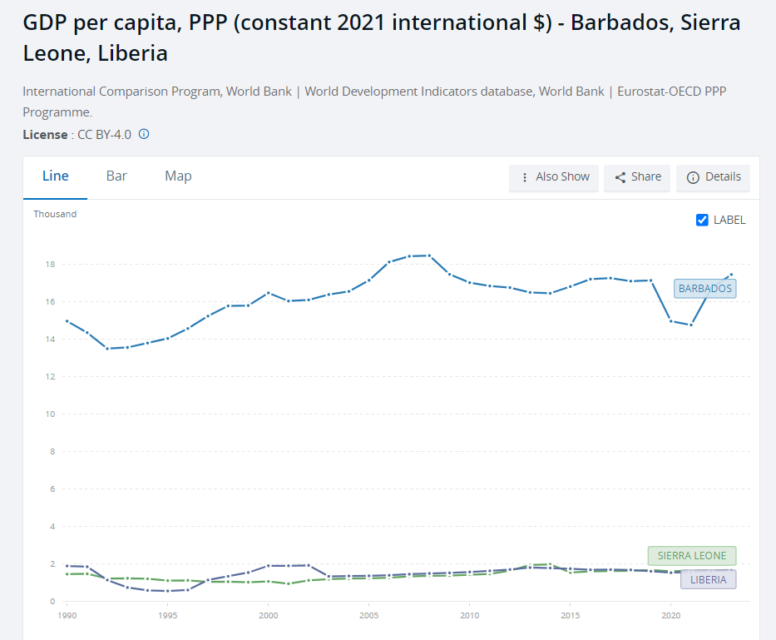Lauren Smith on the latest attempt by Joe Biden to suck the oxygen out of the room (Kamala Harris was also speaking while Biden’s “gaffe” grabbed the media’s full attention):
US president Joe Biden has re-emerged from wherever he was being hidden to hand Donald Trump an incredible, accidental boost. In a rare public appearance, he branded Trump’s supporters “garbage“.
For some reason, the president decided to wade into the row over a joke made by comedian Tony Hinchcliffe at a Trump rally in Madison Square Garden last weekend. Hinchcliffe described Puerto Rico as a “floating island of garbage”, sparking some confected outrage among those pretending not to know he was joking. In response, while speaking to Hispanic advocacy group Voto Latino, Biden said: “The only garbage I see floating out here is [Trump’s] supporters”.
The Republicans have understandably seized on the remark. Trump’s running mate, JD Vance, slammed it as “disgusting”. Florida senator Marco Rubio repeated the smear to Trump supporters at a rally in Allentown, Pennsylvania last night, to furious boos from the crowd.
The White House then rushed to try to retract the comments. Today, in a statement on X, Biden claimed that he was actually talking about the “hateful rhetoric” being “spewed” at the rally, not about Trump’s supporters themselves. That, he says, is “all I meant to say”.
But that is plainly not what he said. And everyone can guess it’s probably not what he meant, either. As Trump pointed out at the Allentown rally yesterday, Biden’s “garbage” gaffe is highly reminiscent of Hillary Clinton’s infamous “deplorables” outburst. During her 2016 presidential campaign, she described “half” of Trump’s supporters as “racist, sexist, xenophobic, Islamophobic”, saying they all belonged in a “basket of deplorables”. It was a blunder that many, including Clinton herself, believe cost her the election.
Jim Treacher investigates what he calls “the Case of the Planted Apostrophe” as the bulk of the legacy media rallied to try to cover up, mitigate, or explain away Biden’s “garbage” comment:
I think I heard something about MSNBC intercutting footage from the ’39 rally with the Trump rally? I haven’t watched that network since they fired Olbermann, but it sounds like something they’d do.
Little did they all know what a gift they were about to be handed. One of the speakers at the rally was comedian and Kill Tony podcast host Tony Hinchcliffe, and everybody lost their minds about this joke:
Perfect. The headline wrote itself: TRUMP RALLY BASHES PUERTO RICANS!!!
If Trump wanted to convince everyone he’s not a bigot, Hinchcliffe certainly didn’t do him any favors. Even though, as a few lonesome bloggers shouted into the wilderness, it was a joke.1
The entire journalism industry then spent 48 solid hours pouncing and seizing on Hinchcliffe’s unfortunate wisecrack. “See? Do you see how racist they are? They’re just so … so … racist!!”
Oh, they were so happy.
But they forgot one thing: Grandpa Joe is still around.
And he wants to help.
Emphasis mine:
The Puerto Rican that I know, or Puerto Rico where I’m, in my home state of Delaware, they’re good, decent, honorable people. The only garbage I see floating out there is his supporters. His, his demonization of Latinos is unconscionable.
Oops.
Yes, Joe Biden just called Trump supporters “garbage”. It’s the only clear sentence in that whole paragraph of gibberish.
There are maybe six million Puerto Ricans in America. In 2020, there were something like 75 million Trump voters. I’m no mathematician, but that’s a lot more. If alienating the first group is bad, then alienating the second group is much, much worse.
No matter how much Joe Scarborough hates them.
If a dumb joke by a podcast host matters, then so does the sitting president of the United States telling tens of millions of voters that they’re “garbage”.
1. The journos are now digging into Hinchcliffe’s voting history. They’re investigating a comedian for telling a joke. And they wonder why we hate them.














